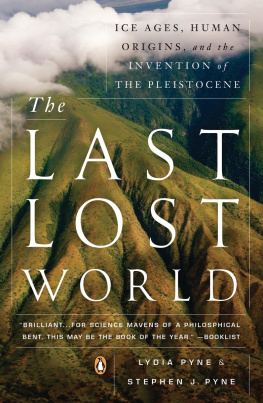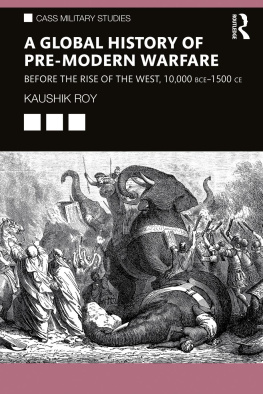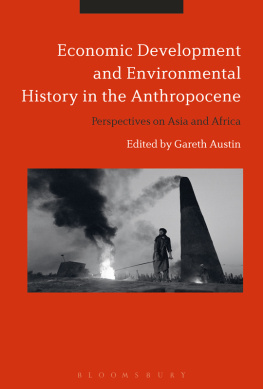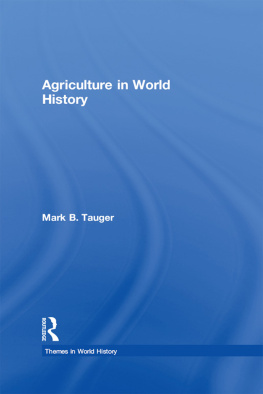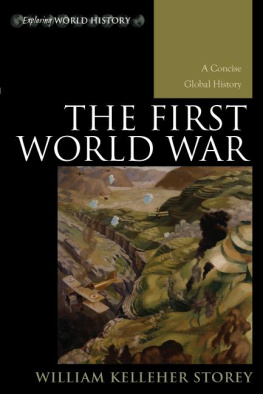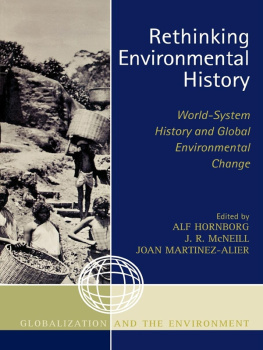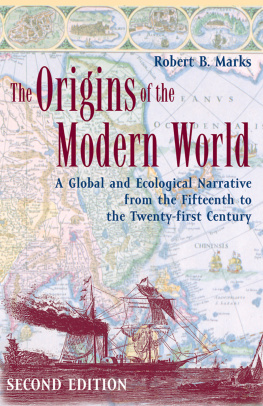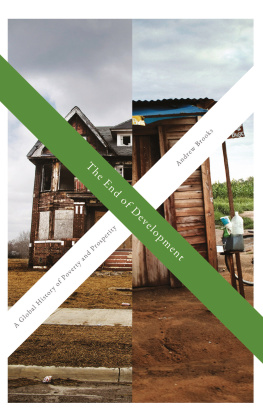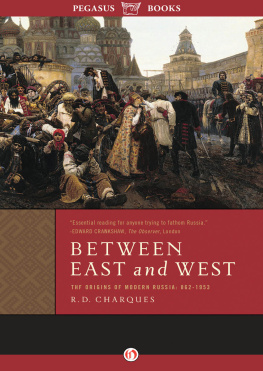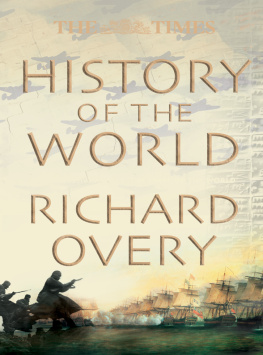About the Author
Robert B. Marks is professor of history and environmental studies at Whittier College and the author of China: An Environmental History (Rowman & Littlefield, 2017) and Tigers, Rice, Silk, and Silt: Environment and Economy in Late Imperial China (Cambridge University Press, 1998). In 1996 he received the Aldo Leopold Award for the best article in the journal Environmental History and has published numerous other articles on Chinas environmental history. Holding his position at a college that focuses on undergraduate education, Marks regularly teaches a course for entering college students on the origins of the modern world and in 2000 received Whittier Colleges Harry W. Nerhood Teaching Excellence Award.
WORLD SOCIAL CHANGE
Series Editor: Mark Selden
Perilous Passage: Mankind and the Global Ascendance of Capital
by Amiya Kumar Bagchi
Anarchy as Order: The History and Future of Civil Humanity
by Mohammed Bamyeh
Water Frontier: Commerce and the Chinese in the Lower Mekong Region, 17501880
edited by Nola Cooke and Li Tana
Empire to Nation: Historical Perspectives on the Making of the Modern World
edited by Joseph W. Esherick, Hasan Kayali, and Eric Van Young
First Globalization: The Eurasian Exchange, 15001800
by Geoffrey C. Gunn
Engaging Adversaries: Peacemaking and Diplomacy in the Human Interest
by Mel Gurtov
Istanbul: Between the Global and the Local
edited by Caglar Keyder
China: An Environmental History, Second Edition
by Robert B. Marks
The Origins of the Modern World: A Global and Environmental Narrative from the Fifteenth to the Twenty-First Century, Fourth Edition
by Robert B. Marks
The Politics of Greed: How Privatization Structured Politics in Central and Eastern Europe
by Andrew Schwartz
Leaving China: Media, Mobility, and Transnational Imagination
by Wanning Sun
Masters of Terror: Indonesias Military and Violence in East Timor
edited by Richard Tanter, Gerry van Klinken, and Desmond Ball
Through the Prism of Slavery: Labor, Capital, and World Economy
by Dale W. Tomich
Politics and the Past: On Repairing Historical Injustices
edited by John Torpey
The Economic Aspect of the Abolition of the West Indian Slave Trade and Slavery
by Eric Williams, edited by Dale W. Tomich, introduction by William Darity Jr.
Brief Contents
CHAPTER ONE
The Material and Trading Worlds, circa 1400
We are born and raised under circumstances neither of our own choosing nor of our own making, and those include both the human and natural worlds. The human world we confront is composed of social, economic, political, and cultural structures. These large structures usually change very slowly, seldom as a result of conscious action on the part of a single person, and mostly only as a result of huge processes that are hardly detectable, by large and sustained social movements, or, as we will see, during historical conjunctures. Moreover, the world in 1400 consisted of a biosphere that contained life on Earth, humans included, extracting sufficient energy and nutrients from their environment not just to survive but if possible to increase their numbers, thereby changing and increasingly humanizing the environment.
To understand the vast changes that accompanied the origins of the modern world, we thus need to start with some of the natural and human structures into which people in 1400 were born, lived, and died. Of course, we cannot possibly examine every facet of human life at that time, so we must be quite selective. What I have chosen to emphasize are but two of the major structural aspects of the world in 1400: first, the material and natural conditions under which most people lived, an overwhelmingly agricultural world, or what can be called the biological old regime, and second, the trading networks that connected most of the Old World together. This chapter thus introduces two kinds of worlds, the material and environmental one in which most people lived quite restricted lives, and the trading or commercial world, which brought the parts of the world into increasingly greater contact. To show how these are interrelated, the chapter concludes with an examination of the causes and consequences of the mid-fourteenth-century Black Deathone of the great catastrophes to befall human societyin western Europe and East Asia.
This chapter also introduces key concepts that will be used throughout the book. Most of this chapter focuses on the material world, in particular the size of the human population and the economic, social, and environmental conditions under which most people lived. The concepts that will be introduced in this chapter include the rise of civilization and the agricultural revolution, the relationships between towns or cities and the countryside, between ruling elites and peasants, also called agriculturalists or villagers, between civilizations and nomadic pastoralists, and between people and the environment. Taken together, these relationships constitute the biological old regime, the working out of which is examined in the Black Death of the mid-fourteenth century.
We will also examine the world system as it existed around 1400. Today, there is much talk about the benefits and dangers of globalization. In this context, many people apparently consider globalization to be a new phenomenon, whether or not they think its impact is on the whole beneficial or harmful. However, I hope readers will take away from reading this book the idea that globalization is hardly new: it has been unfolding for a very long time. Key concepts in this chapter will include polycentric (to describe a world system with many centers), and core and periphery, whether applied to a single or a polycentric world system.
Another major point about the fifteenth-century world is that most of its peopleregardless of where they lived, their civilization, or even their various folk customsshared a basically similar material world. The reason is that people had to eat, and after the transition to farming between 11,000 and 4,000 years ago, the way most people have obtained their living has been from agriculture. To be sure, whether the main crop was wheat, rye, or rice mattered, but all of the agriculturists faced similar challenges in dealing with nature, the ruling elites, and one another. For this reason, much of this chapter will deal with the social, economic, and political structures and environmental constraints essential to understanding the material world from about 1400 to 1800. The following chapters then take up the story of what happened after 1400; in this chapter we establish a baseline in terms of material life against which changes in the world can be assessed.
The Biological Old Regime
The number of people on Earth is an important indicator of the relative success humans have had in creating the material conditions under which the
The Weight of Numbers
Here we look at the weight of numbers Moreover, in that 400-year period from 1400 to 1800, as much as 80 percent of that population were farming peasants, people who lived on the land and were the direct producers of food for themselves and the non-farming population. The world was overwhelmingly rural, and the availability of land and nutrients to produce food was a constant constraint on the number of people alive at any given moment. For most of that period, the population rose and fell in great waves lasting for centuries, even if the very long-term trend was very slightly upward and the declines came sharply and swiftly. In very broad terms, we can see three great waves of population increase and decrease over the past one thousand years. Beginning about 9001000 CE (probably simultaneously in China and Europe), the population rose until about 1300, crashing precipitously around 1350 as a result of the Black Death. Another period of increase began about 1400 and lasted until a mid-seventeenth-century decline. The third advance, beginning around 1700, has yet to halt, although population experts expect it to top out by about 2050 at 9 to 9.5 billion people.


